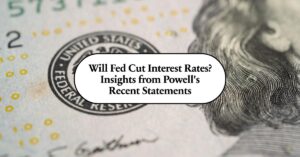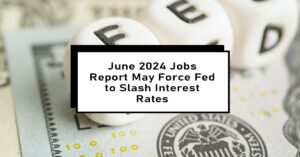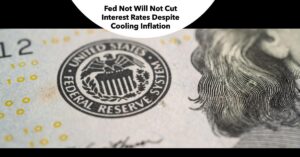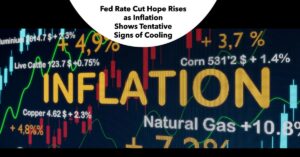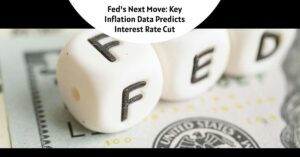Federal Reserve Chair Jerome Powell's recent statements have been a beacon of clarity in the often murky waters of economic policy. Amidst a political landscape where the timing of policy decisions can be as scrutinized as the decisions themselves, Powell has stood firm on the stance that the Federal Reserve will cut interest rates when the data indicates it's necessary, irrespective of the political calendar.
Will Fed Cut Interest Rates? Insights from Powell's Recent Statements
This commitment to data-driven decision-making is a cornerstone of the Federal Reserve's approach to managing the economy. It's a stance that emphasizes the importance of economic indicators over political expediency. Powell's recent testimony on Capitol Hill reinforced this approach, highlighting recent inflation readings that have shown modest progress. The implication is clear: if the trend towards lower inflation continues, the case for rate cuts strengthens.
The Impact of Federal Reserve Policy Decisions
The Federal Reserve's policy decisions are pivotal in shaping the economic landscape. Interest rate cuts can stimulate economic activity by making borrowing cheaper, thus encouraging spending and investment. However, these decisions are not without their complexities. Cutting rates too soon or too aggressively could overheat the economy, leading to inflationary pressures. Conversely, waiting too long could stifle economic growth and lead to increased unemployment.
Powell's recent remarks suggest a careful balancing act. The labor market, described as “strong, not overheated,” indicates that there is room for maneuvering. The Fed Chair awaits the “right moment” to cut interest rates, a moment that will be determined by a sustained reach of inflation towards the 2% target.
Market Reaction and Investor Confidence
The market's reaction to Powell's statements has been cautiously optimistic. The S&P 500 rose, and Treasury yields saw a decline, indicating investor confidence in the Fed's handling of the situation. This confidence stems from the belief that the Federal Reserve is committed to preserving a “soft landing” for the economy, avoiding the pitfalls of a hard economic downturn while steering towards sustainable growth.
As we look towards the future, the Federal Reserve's actions will continue to be a topic of intense interest and speculation. The potential for rate cuts in 2024 has been signaled, but as always, these decisions will be guided by the economic data at hand. For now, Powell's message is one of cautious optimism, a reminder that the Federal Reserve's commitment to its dual mandate of maximum employment and stable prices remains unwavering, even in the face of political pressures. For a detailed analysis of the Federal Reserve's recent meeting and Powell's speech, one can refer to the comprehensive coverage provided by Bloomberg.
To sum up, the Federal Reserve, under Powell's leadership, exemplifies a steadfast dedication to economic stability, guided by data and insulated from the ebb and flow of political tides. It's a reassuring signal to markets and the public alike that the health of the economy is the primary focus, and decisions will be made with the long-term view in mind. As the political calendar marches on, the Federal Reserve's compass remains firmly set on the true north of economic data.
ALSO READ:
- Interest Rate Predictions for the Next 3 Years: (2024-2026)
- Interest Rate Predictions for Next 2 Years: Expert Forecast
- Interest Rate Predictions for Next 10 Years: Long-Term Outlook
- When is the Next Fed Meeting on Interest Rates in 2024?
- Interest Rate Cuts: Citi vs. JP Morgan – Who is Right on Predictions?
- More Predictions Point Towards Higher for Longer Interest Rates
